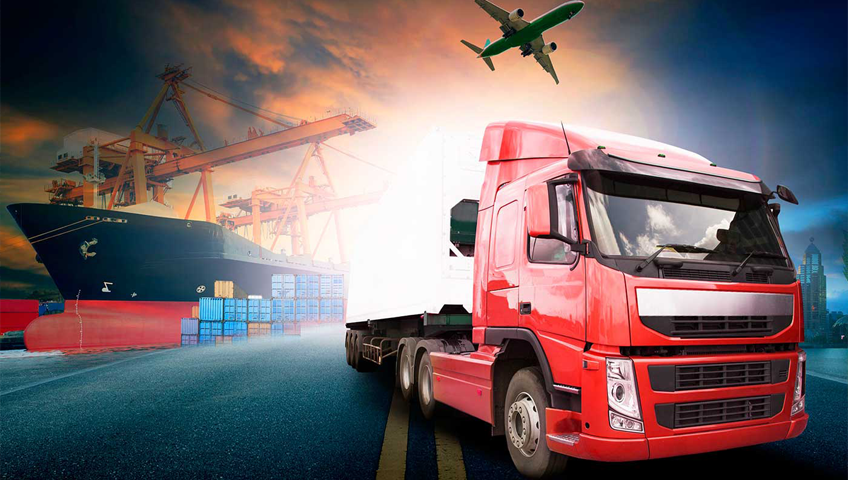The shipping industry is pushing Congress to increase the size of some shipping trucks, which could affect the nation’s highways, consumers and e-commerce.
Shipping companies like FedEx, UPS and Amazon say allowing so-called twin 33s, a configuration that allows trucks to haul two connected 33-foot trailers, would help increase shipping capacity and lower costs when online sales are booming. Current law limits the trucks to two 28-foot trailers.
But opponents worry the new regulation could be a safety hazard, and opposition from trucking unions and railroad interests have succeeded in delaying changes to existing law.
“These trucks would be at least 84 feet long, and we know that current double trailer trucks have an 11 percent higher fatal crash rate than single trailer trucks,” said Catherine Chase, president of Advocates for Highway and Auto Safety, a road safety advocacy group.
Chase said double trailers are more difficult for drivers to maneuver because the second trailer is more likely to swerve out of its lane and more difficult for drivers to see around with their mirrors.
Truck-related fatalities rose 9 percent in 2017, reaching their highest levels since 2007, she noted. That affects regular drivers as well; when trucks collide with passenger vehicles, nearly every fatality is among the passenger vehicles.
Chase added that many of the nation’s roads and bridges would require improvements to handle an uptick in bigger, heavier trucks.
Sen. Roger Wicker Roger Frederick WickerSenate Republicans demand Google hand over memo advising it to hide data vulnerability Shipping companies want Congress to increase shipping truck size Ricin attacks will continue MORE (R-Miss.) said that he opposed twin 33s on safety grounds.
Roger Frederick WickerSenate Republicans demand Google hand over memo advising it to hide data vulnerability Shipping companies want Congress to increase shipping truck size Ricin attacks will continue MORE (R-Miss.) said that he opposed twin 33s on safety grounds.
“The overwhelming majority of law enforcement officers and other independent safety advocates I have spoken to have expressed significant concerns over these trucks, which are longer than an eight-story building is tall,” Wicker, whose state includes some of the rail interests that oppose the provision, wrote in a letter to The Wall Street Journal.
Wicker cited a Department of Transportation study showing that larger trucks take longer to stop than the current trucks on the road.
Advocates of the longer trucks say that such arguments are superfluous.
“Twin 33s, without adding any weight, can do 18 percent more work with just one truck than an existing set of twin 28s,” said Randy Mullett, executive director for Americans for Modern Transportation, a coalition of shippers and carriers pushing for the new provision.
Adding more capacity to existing trucks, he argued, will lead to fewer trucks on the road, and thus fewer accidents.
Shippers say that the current truck configurations for sending parcels fill up because of bulk, well before they reach the 80,000-pound legal weight limit. The group is not looking to increase weight limits for the longer trucks, he added, meaning that even an increase in weight would fall under current limits.
Shipping groups say that the huge spike in online shopping has made it tougher to efficiently fulfill orders using the so-called less than truckload trucking options available, as opposed to the familiar longer, single-trailer full truckload trailers that tend to transport similar goods to big box stores or distribution centers.
“We’re changing the way we buy as American consumers, and it’s dramatically changed the way we ship small packages,” said Mullett, adding that freight volumes are projected to grow 40 percent in the next three decades.
“We’ve got a lot of areas in the country that are congested. In many areas they’re pretty much maxed out,” he continued.
Increased efficiency, he said, would bring down the cost for consumers while also boosting profits for shippers.
–This report was updated on Oct. 11 at 7:50 a.m.

